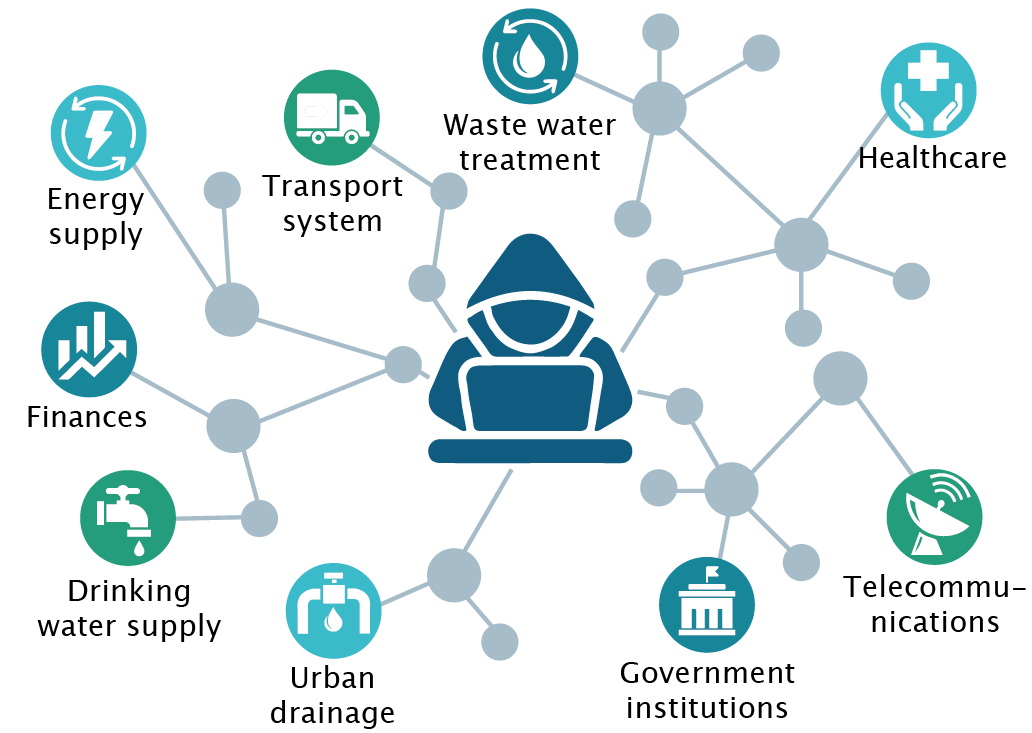Reason and background

The ongoing digital transformation of all areas of life and work places increased demands on the security of systems and requires a deeper understanding of the interaction between networked devices, systems and users. With the increasing digitalisation of society, the threat potential for cyberattacks is also increasing significantly. In addition to already known attack patterns, the focus is increasingly shifting to scenarios that affect critical infrastructures (e.g. energy supply, drinking water supply, urban drainage, wastewater treatment). In the smart city environment, more and more networked systems are being established, usually with IoT-based infrastructures, which form the basis for critical decision-making processes, among other things. Monitoring these IoT solutions is necessary in order to recognise failures and anomalies at an early stage and ensure a secure data basis.
 Industrial Automation branch INA
Industrial Automation branch INA 